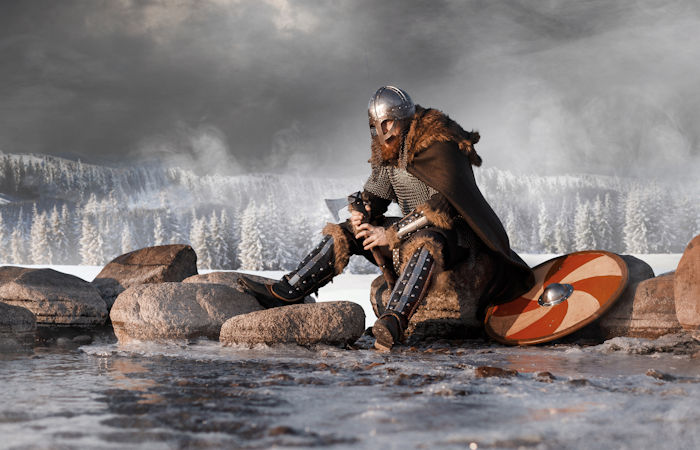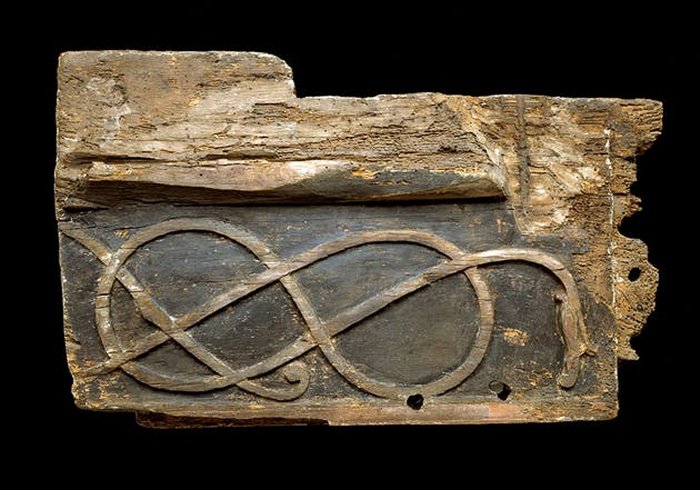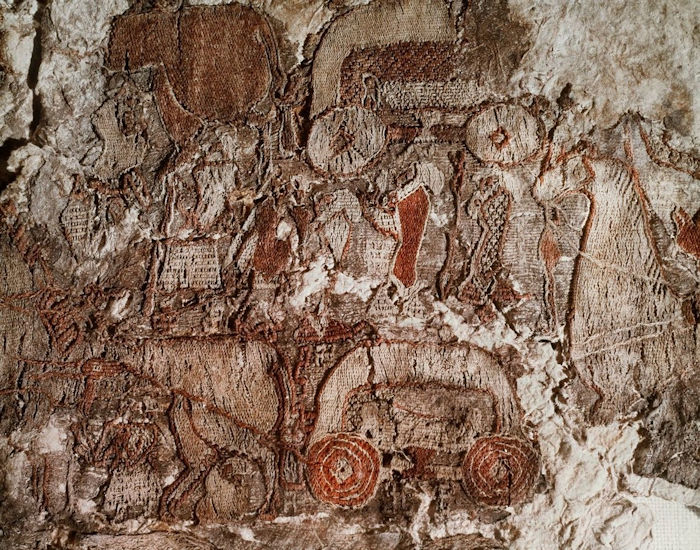The Oseberg Tapestry And Other Artifacts Show Intense Colors Were A Viking Symbol Of Status And Wealth
Ellen Lloyd - AncientPages.com - If you were a Viking warrior, you didn't paint your shield with just any color. Picking the right color was not a matter of taste. It was a decision based on careful selection because the stain revealed a Viking's status and wealth.
Credit: Adobe Stock: Fotokvadrat
Rich Vikings liked showing off using particular colors to symbolize their high societal status. Based on old paint remnants, a Danish chemist and a conservator have managed to recreate a palette of 17 magnificent colors used by the Vikings to emphasize their high status.
Intense colors were popular because they were rare and symbolized status.
Chemist Mads Christian Christensen and conservator Line Bregnhøi from the National Museum in Copenhagen examined a piece of wood from a church built in Hørning in Denmark around 1060. After so many years, the colors were not visible to the naked eye, so chemical analyses were required to recreate them.
Red And Yellow Were A Viking Symbol Of Status And Wealth
The red and yellow shades are derived from minerals not found in Denmark but in Spain and Turkey, among others.
Hørningplankan, a piece of wood examine to discover the importance of Viking colors. Credit: National Museum of Copenhagen
The mineral arsenic sulfide is used to produce yellow colors and can be obtained in countries like Germany and Turkey. The red color is made from cinnabar, which comes from Spain. Researchers think such minerals must have been expensive because they had to be transported to Scandinavia. Colors like red and yellow were only used by rich people who could afford them. The importation of expensive minerals must have been a lucrative business.
Because of the cost, it's unlikely more than minor details were highlighted with these colors.
The seventeen colors from the Viking era. Credit: National Museum Of Copenhagen
Researchers have so far identified 17 colors used by Vikings, and they hope they can discover more shortly. It's an important discovery because it gives us a better understanding of the Viking society.
Scientists have also learned plenty about the importance of colors from artifacts discovered in Oseberg's burial in Norway.
"The magnificent Oseberg ship was used as a burial ship for two Viking women who died in 834. A burial chamber was dug right behind the ship's mast. The walls were decorated with fantastic woven tapestries, and the dead woman lay on a raised bed.
The women had several burial gifts with them. These included clothes, shoes and combs, ship equipment, kitchen equipment, farm equipment, three ornate sleds, five carved animal heads, five beds, and two tents. There were fifteen horses, six dogs, and two small cows. A remarkable collection of wooden and textile artifacts was left behind, and the colors were striking.
The Oseberg tapestry is poorly preserved, but it is clear that it was a long, narrow (20–23 centimeters wide) strip that probably was meant to hang on a wall. It is made from wool dyed in different colors, mainly red, yellow, and black.
A fragment of a tapestry from the Oseberg grave in Vestfold, Norway. Credit: Erik I. Johnsen/Kulturhistorisk museum - CC BY-SA 2.0
The Oseberg tapestry portrays a procession of two rows of horses with knotted tails. Three of the horses pull carts, one containing two people, apparently women. Scholars have speculated whether they represent the two women buried in the Oseberg burial (with a cart among their grave goods) and whether the tapestry was specially made to portray the burial procession. The procession in the tapestry also features a large number of men and women walking.
The women wear long dresses with trains and cloaks, and some carry spears like many men. Their hair appears to be stuffed into bulging headdresses.
In their attire, the women on the Oseberg tapestry are reminiscent of the valkyries welcoming slain warriors to Valhalla, as portrayed on the Gotland picture stones. On these stones, many women do not have their hair hidden by headdresses but have let it down, as Ermengard is reported to have done when Earl Ragnvald visited her in Narbonne.
The valkyries of the picture stones serve food and drink to the dead warriors, and they let their hair down, which may suggest sexual availability. Some women portrayed on picture stones hold drinking horns in their hands, as does a small silver figure of a woman found in Birka; they have been interpreted as valkyries serving drink to dead warriors arriving at Valhalla. The warriors typically arrive by horse. Sometimes, they ride a horse with eight legs, suggesting they are so important that the ruler of Valhalla, Odin, has sent his eight-legged horse, Sleipner, to pick them up. Such picture stones often depict ships." 1
These discoveries and studies are valuable as they give us a better idea of how Vikings decorated their objects and perceived different colors.
Written by - Ellen Lloyd – AncientPages.com
Updated on December 4, 2023
Copyright © AncientPages.com All rights reserved. This material may not be published, broadcast, rewritten or redistributed in whole or part without the express written permission of AncientPages.com
Expand for referencesMore From Ancient Pages
-
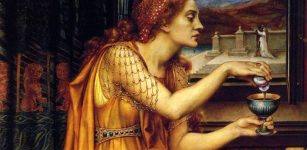 Giulia Tofana Poisoned 600 Men – Beautiful Sicilian Woman And Her Deadly Mission
Featured Stories | Feb 22, 2018
Giulia Tofana Poisoned 600 Men – Beautiful Sicilian Woman And Her Deadly Mission
Featured Stories | Feb 22, 2018 -
 New Interpretation Of The Domesday Book Of William I The Conqueror
News | Jan 16, 2021
New Interpretation Of The Domesday Book Of William I The Conqueror
News | Jan 16, 2021 -
 Unique Glass Bead From The Time Of Jesus Discovered In Fire Pit In Sweden
Archaeology | Jun 17, 2017
Unique Glass Bead From The Time Of Jesus Discovered In Fire Pit In Sweden
Archaeology | Jun 17, 2017 -
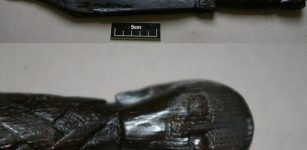 Extraordinary 1,000-Year-Old Viking Sword Discovered In Cork, Ireland
Archaeology | Sep 29, 2017
Extraordinary 1,000-Year-Old Viking Sword Discovered In Cork, Ireland
Archaeology | Sep 29, 2017 -
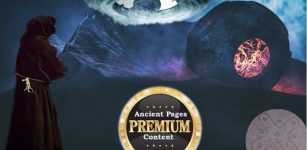 Dangerous Anomaly Inside Mysterious European Mountain Remains Unexplained – Examining Evidence – Part 2
Featured Stories | Mar 17, 2021
Dangerous Anomaly Inside Mysterious European Mountain Remains Unexplained – Examining Evidence – Part 2
Featured Stories | Mar 17, 2021 -
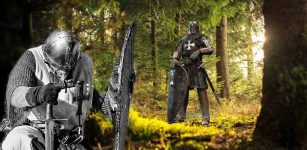 Fascinating Medieval Knight Armor History
Featured Stories | Oct 23, 2018
Fascinating Medieval Knight Armor History
Featured Stories | Oct 23, 2018 -
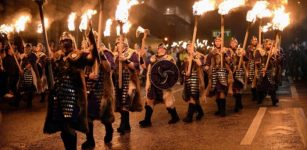 Hogmanay: Scotland’s New Year Celebration Inherited From The Vikings
Ancient Traditions And Customs | Dec 31, 2016
Hogmanay: Scotland’s New Year Celebration Inherited From The Vikings
Ancient Traditions And Customs | Dec 31, 2016 -
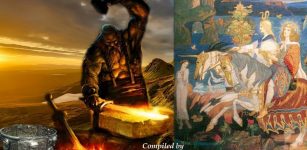 Goibniu: The Sword Smith Of Tuatha De Danann Who Forged Weapons For Battles In Celtic Mythology
Celtic Mythology | Jan 31, 2020
Goibniu: The Sword Smith Of Tuatha De Danann Who Forged Weapons For Battles In Celtic Mythology
Celtic Mythology | Jan 31, 2020 -
 Mysterious Bones May Re-Write History Of North America – Humans Were Present On The Continent 10 Times Earlier
Archaeology | May 8, 2017
Mysterious Bones May Re-Write History Of North America – Humans Were Present On The Continent 10 Times Earlier
Archaeology | May 8, 2017 -
 8200-Year-Old ‘Viste Individual’ – DNA Analysis May Shed Light On Early Migration To Norway
Archaeology | Dec 6, 2015
8200-Year-Old ‘Viste Individual’ – DNA Analysis May Shed Light On Early Migration To Norway
Archaeology | Dec 6, 2015 -
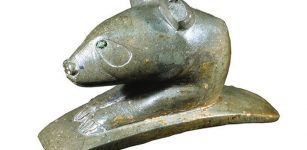 Use Of Tobacco Pipes By Hopewell People Tells A New Story
Archaeology | Jun 28, 2021
Use Of Tobacco Pipes By Hopewell People Tells A New Story
Archaeology | Jun 28, 2021 -
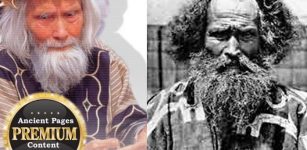 First Peoples Of Japan: Ainu Civilization And Its Unknown Origin
Civilizations | Oct 18, 2014
First Peoples Of Japan: Ainu Civilization And Its Unknown Origin
Civilizations | Oct 18, 2014 -
 On This Day In History: First European Sights The Ruins Of Ancient Maya City Of Copán – On Mar 8, 1576
News | Mar 8, 2017
On This Day In History: First European Sights The Ruins Of Ancient Maya City Of Copán – On Mar 8, 1576
News | Mar 8, 2017 -
 An Ancient Woman’s DNA From A 20,000-Year-Old Pendant – Recovered By Researchers
Archaeology | May 4, 2023
An Ancient Woman’s DNA From A 20,000-Year-Old Pendant – Recovered By Researchers
Archaeology | May 4, 2023 -
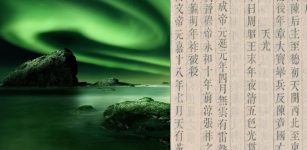 Earliest Record Of An Aurora Discovered In The Bamboo Annals
Archaeology | Apr 15, 2022
Earliest Record Of An Aurora Discovered In The Bamboo Annals
Archaeology | Apr 15, 2022 -
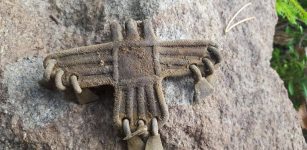 Unique Ancient Three-Headed Eagle Pendant Discovered In Finland: A Symbol Of Three Different Human Souls
Ancient Symbols | May 6, 2016
Unique Ancient Three-Headed Eagle Pendant Discovered In Finland: A Symbol Of Three Different Human Souls
Ancient Symbols | May 6, 2016 -
 Skofnung – Formidable Sword With Supernatural Powers That Belonged To Legendary Danish King Hrólf Kraki
Featured Stories | Mar 3, 2018
Skofnung – Formidable Sword With Supernatural Powers That Belonged To Legendary Danish King Hrólf Kraki
Featured Stories | Mar 3, 2018 -
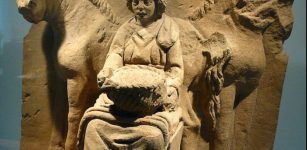 Epona – One Of The Oldest And Widely Known Celtic Deities
Celtic Mythology | Feb 26, 2018
Epona – One Of The Oldest And Widely Known Celtic Deities
Celtic Mythology | Feb 26, 2018 -
 Satellite Images Reveal Ancient Mesopotamian City Pre-Dating The Egyptian Pyramids
Archaeology | Mar 10, 2022
Satellite Images Reveal Ancient Mesopotamian City Pre-Dating The Egyptian Pyramids
Archaeology | Mar 10, 2022 -
 Statue Heads Of Dionysus And Aphrodite Discovered In The Ancient City Of Aizanoi
Archaeology | Dec 12, 2023
Statue Heads Of Dionysus And Aphrodite Discovered In The Ancient City Of Aizanoi
Archaeology | Dec 12, 2023

